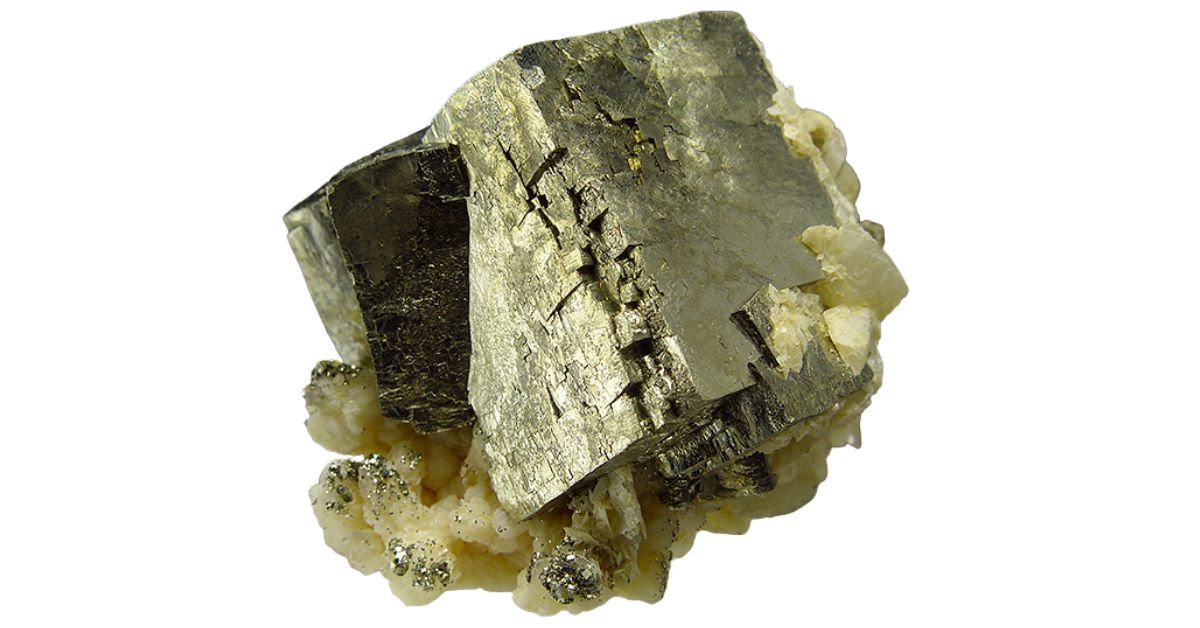Gold is often found hidden in certain kinds of rocks and minerals. These include quartz, tellurides, and sulfides, which can have small bits of gold inside of them.
Discovering gold in these minerals shows how nature hides treasures in unexpected places. Knowing about these minerals helps us understand where to look for gold and appreciate the beauty and value of what the earth holds.
The Gold-Bearing Rocks and Minerals You Should Know
Many rocks and minerals have gold in them, but often it’s only a tiny amount that’s not easy to get out. In some cases, the gold is so small that you can’t see it, but it’s still there.
These are some of the rocks and minerals that contain gold:
Quartz
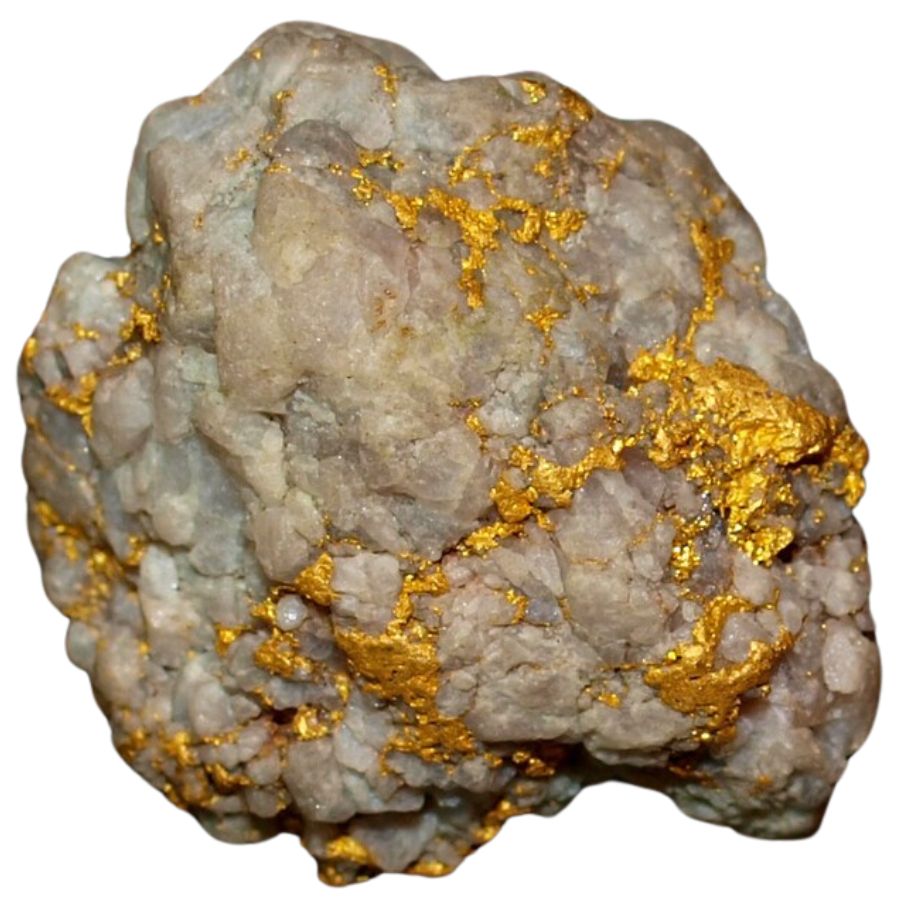
Quartz crystals, which are hard and clear, are often found alongside gold in nature. These crystals form veins in other rocks and gold can join them in those veins.
But don’t expect to see big chunks of gold in quartz. Most of the time, the gold is like tiny glittery specks inside the quartz, making it a fun but challenging treasure to find.
The value of the gold found in quartz depends heavily on the amount of gold present. Some specimens boast visible, concentrated gold veins, making them valuable collector’s pieces or even commercially viable for extraction.
However, most hold only tiny flecks, rendering them beautiful but not economically significant.
Granite
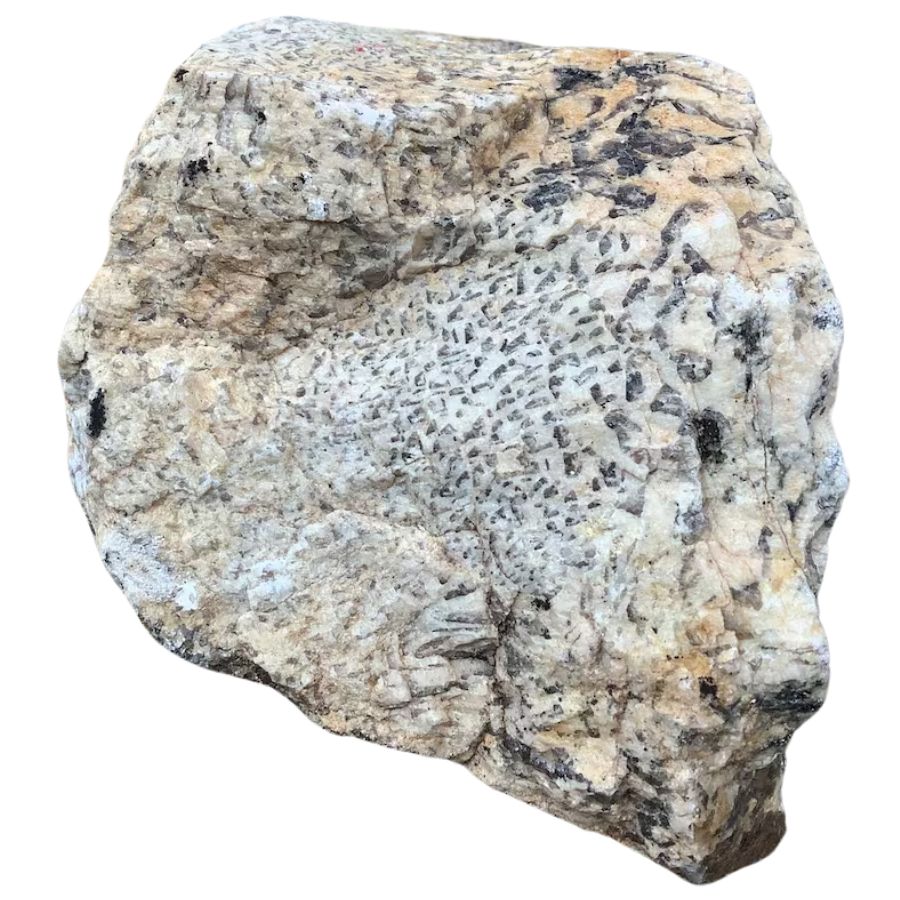
Granite is a really strong rock that’s often used for things like countertops and mountain formations. It’s made up of different minerals, and it has a cool secret – sometimes it contains gold.
But the gold in granite isn’t like big shiny pieces you can easily see. It’s more like super tiny grains, almost like dust, scattered throughout the rock.
The gold in granite isn’t enough to make money from mining it. But, this tiny amount of gold is still important.
Scientists use it to find bigger gold deposits nearby. So, even though the gold in granite isn’t worth a lot of money, it’s like a clue to finding more gold hidden in other places.
Pyrite
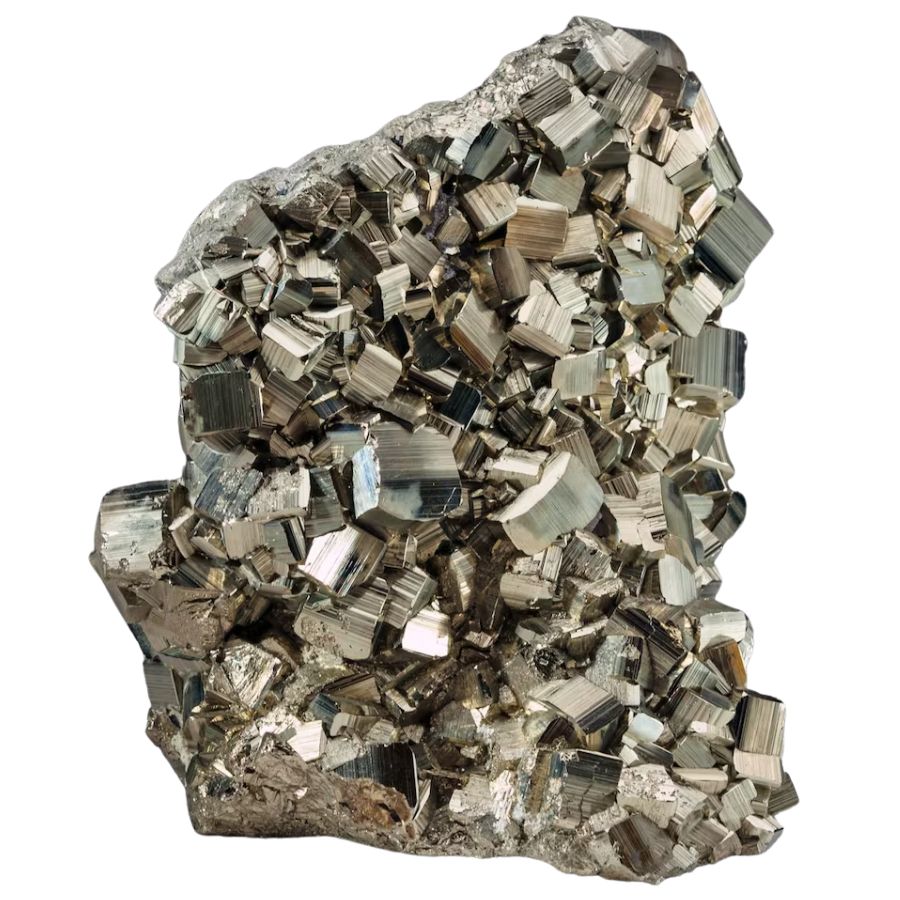
Pyrite is a shiny, brassy-colored sulfide rock that sometimes gets mistaken for gold. It’s famous for its metallic luster and is known as “fool’s gold.”
Any gold that’s present in pyrite is usually in tiny amounts. These small gold pieces are incredibly hard to see, often blending in with pyrite’s shiny surface. So, while pyrite looks like it could be full of gold, it’s not easy to find any.
Even though pyrite doesn’t have a lot of gold, it can still be helpful for people looking for gold. Its presence in rocks can signal that there might be real gold nearby.
So, while pyrite itself won’t make you rich, it can point you in the right direction to find more valuable gold deposits.
Chalcopyrite
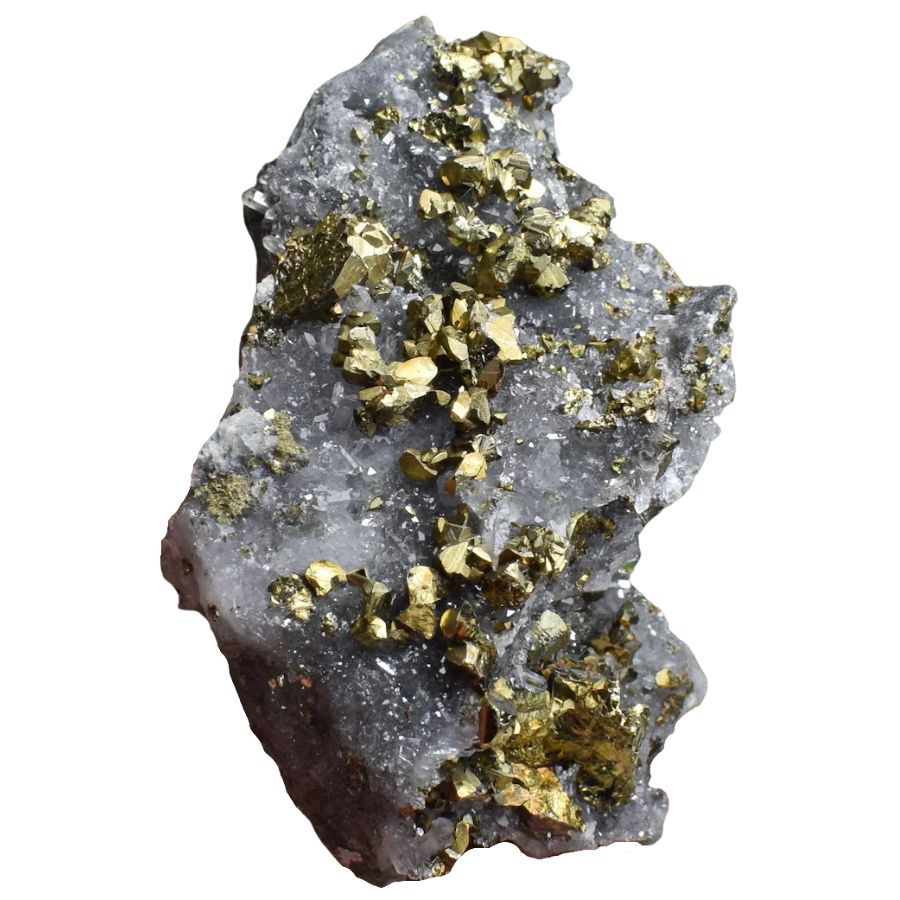
Chalcopyrite is another sulfide mineral that often gets mistaken for pyrite as well as gold because of its golden hue. It’s actually a copper ore and has a metallic luster that can catch your eye.
Gold in chalcopyrite is super rare and hard to spot. It’s usually so small and mixed into the mineral that you can’t see it with just your eyes.
Even though chalcopyrite looks like it might be full of gold, finding any in it is like looking for a needle in a haystack.
However, chalcopyrite is still important for people who are looking for gold. The presence of chalcopyrite in an area can be a sign that there’s more gold nearby.
Arsenopyrite
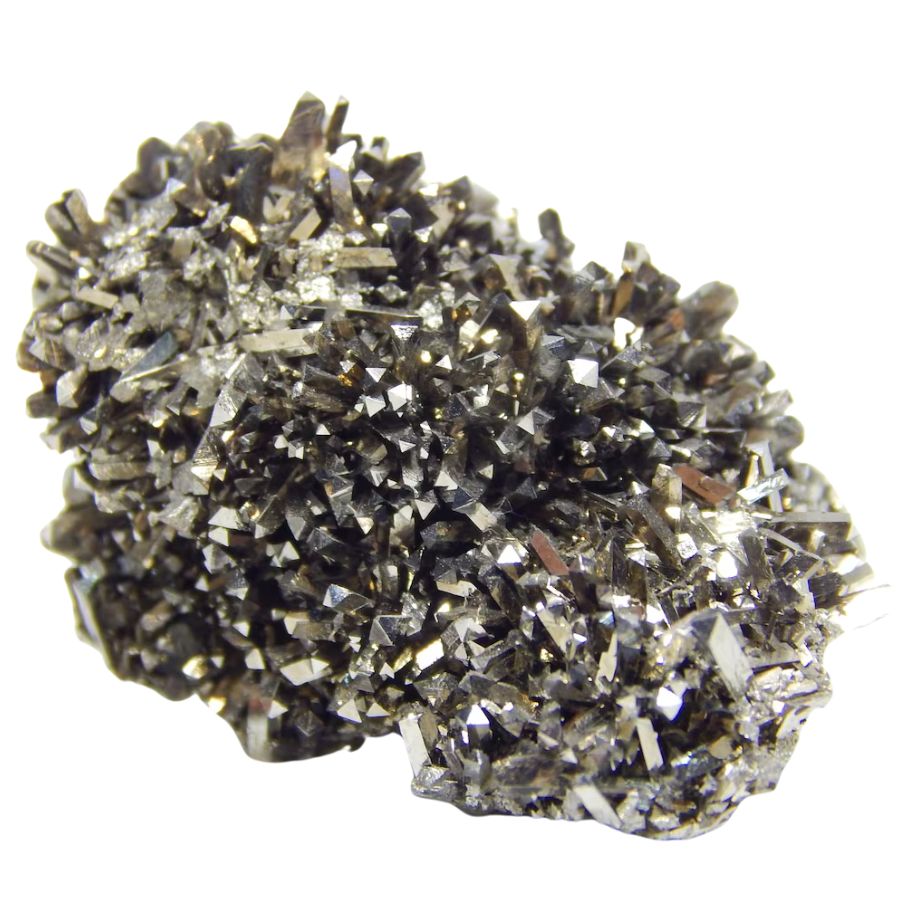
Arsenopyrite is a mineral that looks silvery-grey and has a shiny metallic surface. It’s known for having a closer relationship with gold compared to minerals like pyrite or chalcopyrite.
The amount of gold in arsenopyrite can vary a lot. Sometimes, it has tiny specks of gold that you can’t see without help, but other times, there are bigger pieces that are easy to spot.
On average, you might find a little bit of gold in every bit of arsenopyrite, like a sprinkle of gold dust.
Not all arsenopyrite rocks have a lot of gold in them. But when they do, the gold can be enough to make it worth mining.
Galena
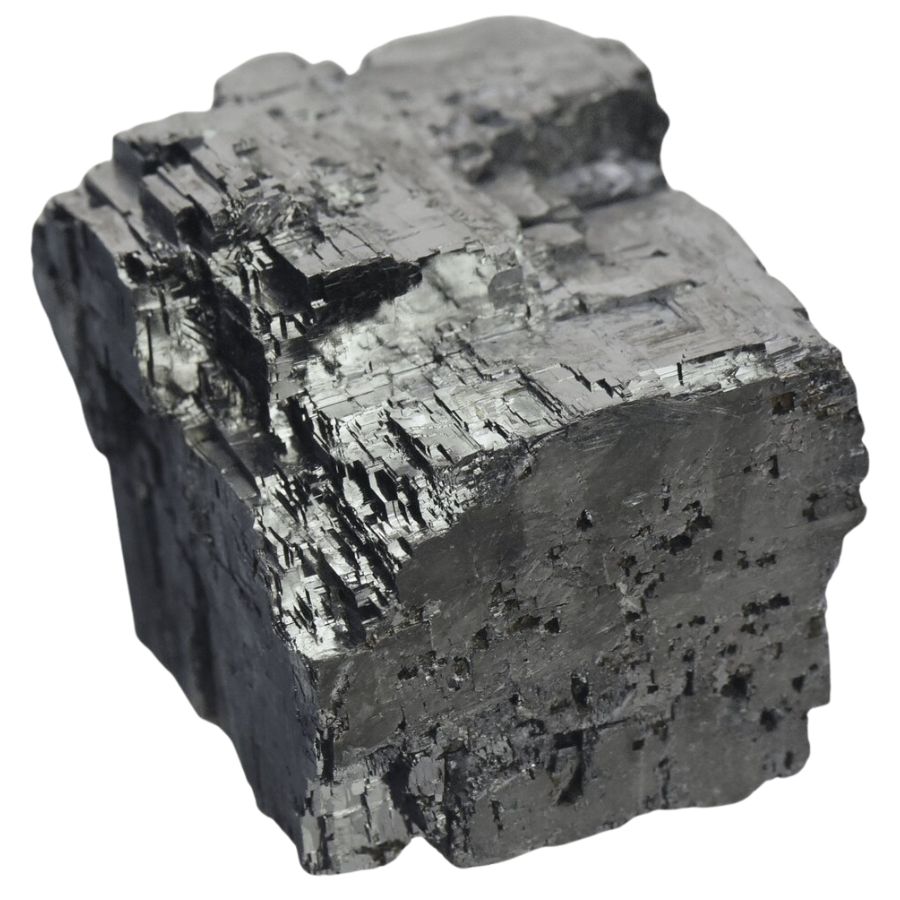
Galena is a rock that’s shiny and has a bluish-grey color. It’s known mostly for being a major source of lead, but it has a little secret – sometimes it contains gold.
The gold in galena is really small, almost like a tiny gold sequin hidden in a big pile of silver. It’s so small and blends in with the rock’s shiny surface, making it almost impossible to see with just your eyes.
Galena can still be important for people looking for gold, even though it doesn’t have much gold itself. Its presence can mean that there’s more gold in the area, hidden in different rocks.
Calaverite
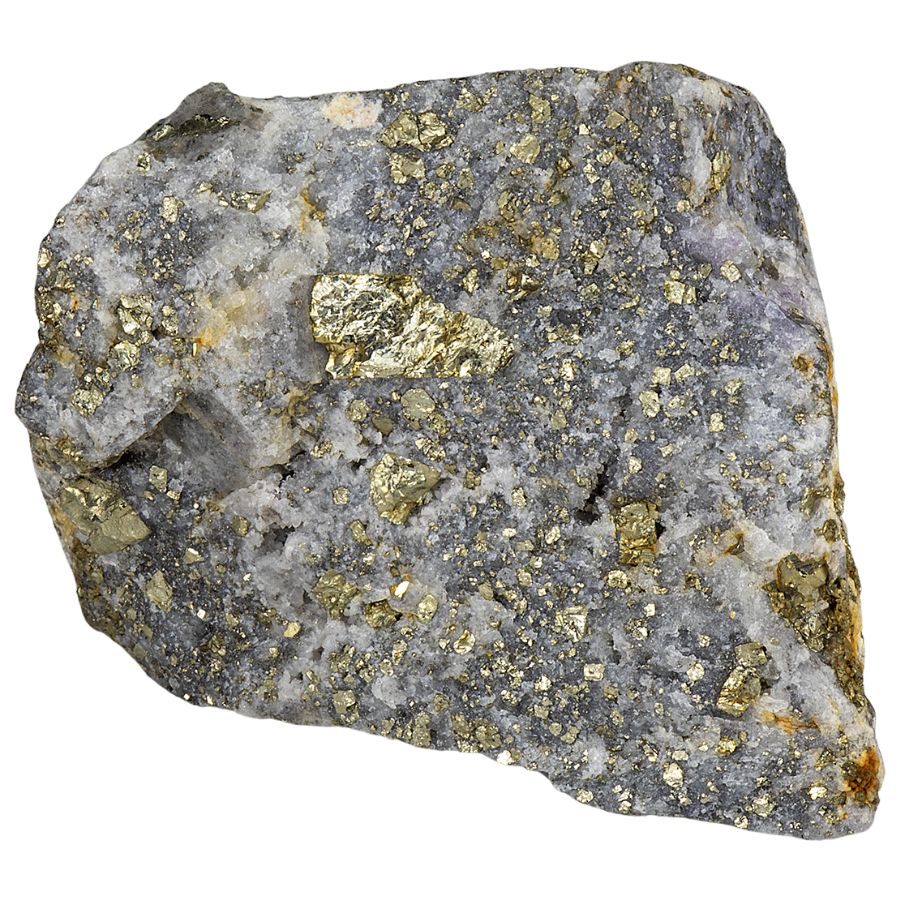
Calaverite is a telluride mineral that’s really special because it’s packed with gold. It’s not just a rock with a little bit of gold; it has a lot of it, making it pretty unique.
In calaverite, gold isn’t just a tiny part – it makes up about 42% of the mineral. This means that calaverite is almost half made of pure gold.
Because of all the gold in it, calaverite is super valuable. It’s one of the main minerals that people mine for gold.
But remember, not all calaverite rocks have the same amount of gold. Some might have a bit less, but they’ll likely still have a good amount.
Sylvanite

Sylvanite is a mix of gold and silver. You can usually find sylvanite in hydrothermal veins, which are like natural cracks in rocks filled with minerals.
This mineral is special because it has a lot of gold in it, about 34%. Some sylvanite might have a bit less gold, around 30%, but that’s still a lot.
Sylvanite is really valuable in the world of gold mining because of its high gold content. It’s often found with calaverite, making them a great pair for finding gold.
Sphalerite

Sphalerite is a shiny mineral that can come in different colors, like yellow, brown, or black. It’s mostly made of zinc, which is used for making things like batteries and metal coatings.
Sphalerite has very little gold, almost like finding a single grain of gold in a mountain of rock. This gold usually blends in with the colors of sphalerite, so you can’t see it without special tools.
Even if sphalerite doesn’t have a lot of gold, it’s still useful for people looking for gold. Its presence can be a clue that there’s gold nearby in other rocks.
Malachite
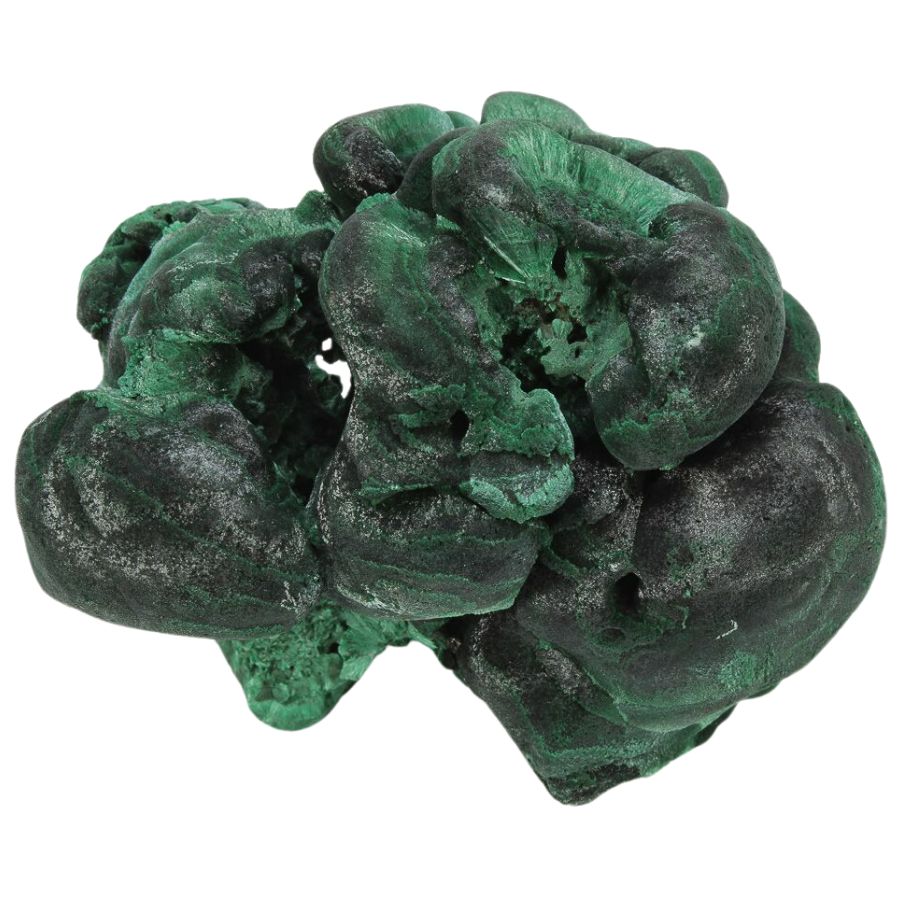
Malachite is a really pretty green rock that sometimes hides a little bit of gold. It’s not like the gold is big and easy to see, but it’s there, mixed in with the green.
The amount of gold in malachite is super tiny, almost like a little speck in a bag of colorful candy. It’s so small and blends in with the green color of the rock, making it hard to find.
So, while malachite is beautiful, it’s not a rock you’d mine just for its gold content.
But, malachite can still be important for people looking for gold. Its presence can be a hint that there’s more gold in the area.
Magnetite
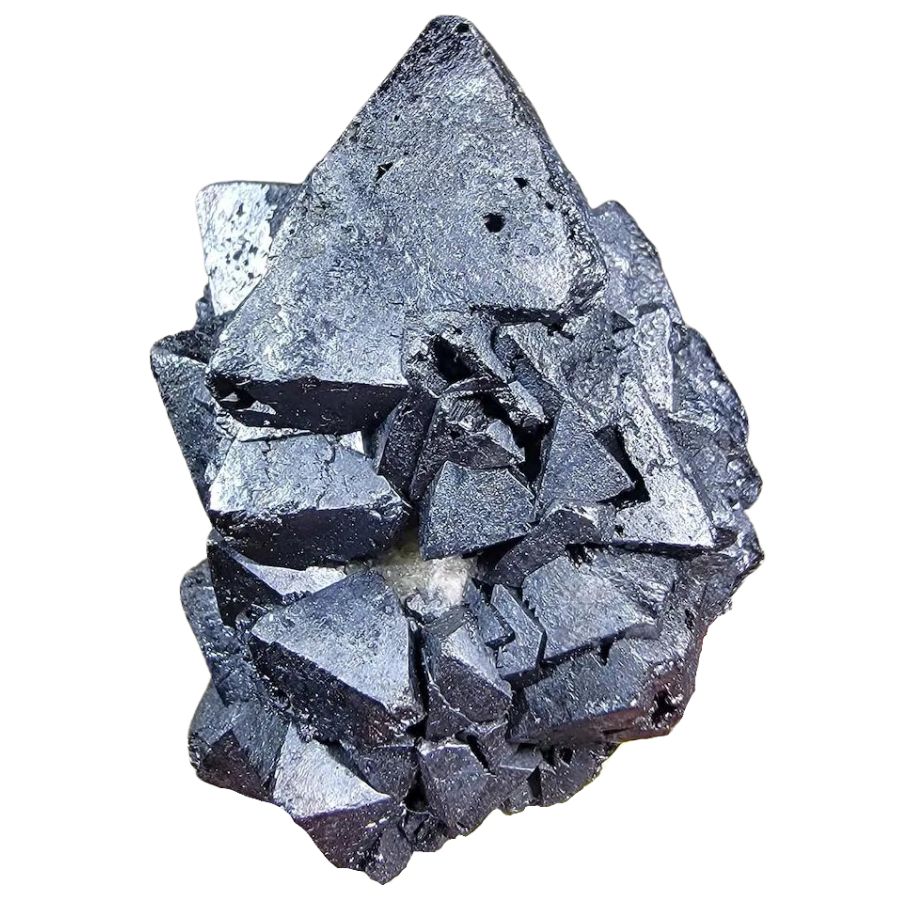
Magnetite is a cool black rock that’s known for its magnetism. It’s a bit like a secret agent because it has a hidden side to it – sometimes it contains gold.
There’s very little gold in magnetite, kind of like a tiny fleck in a mountain of black pepper. It blends in with the dark color of the rock, so you can’t easily see it. Finding gold in magnetite is like playing a super hard game of hide-and-seek.
Magnetite might not be full of gold, but it’s still useful for gold hunters. Its presence can be a clue that there’s more gold hidden in the area.

